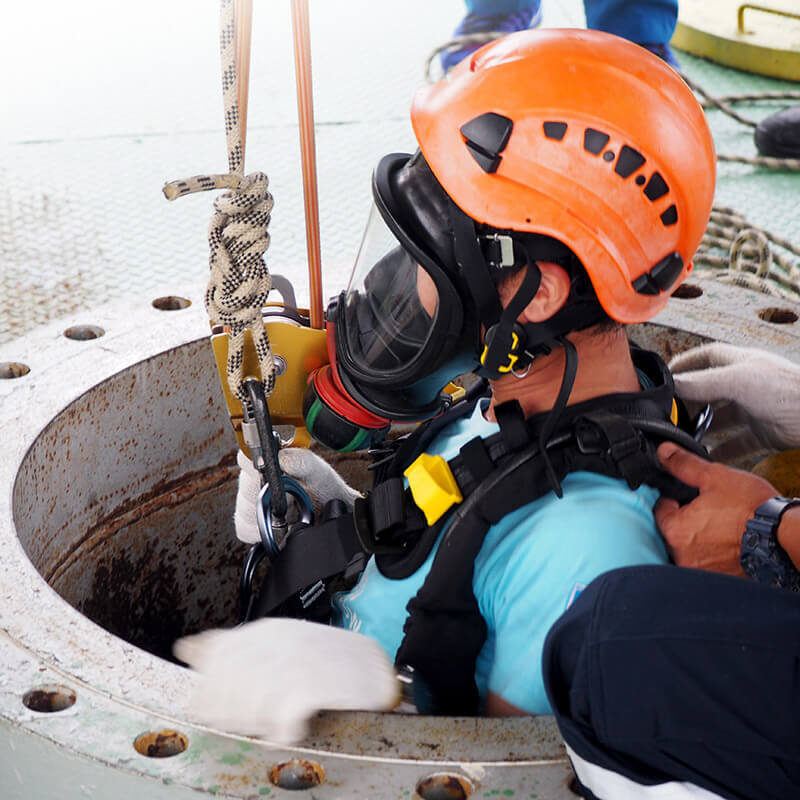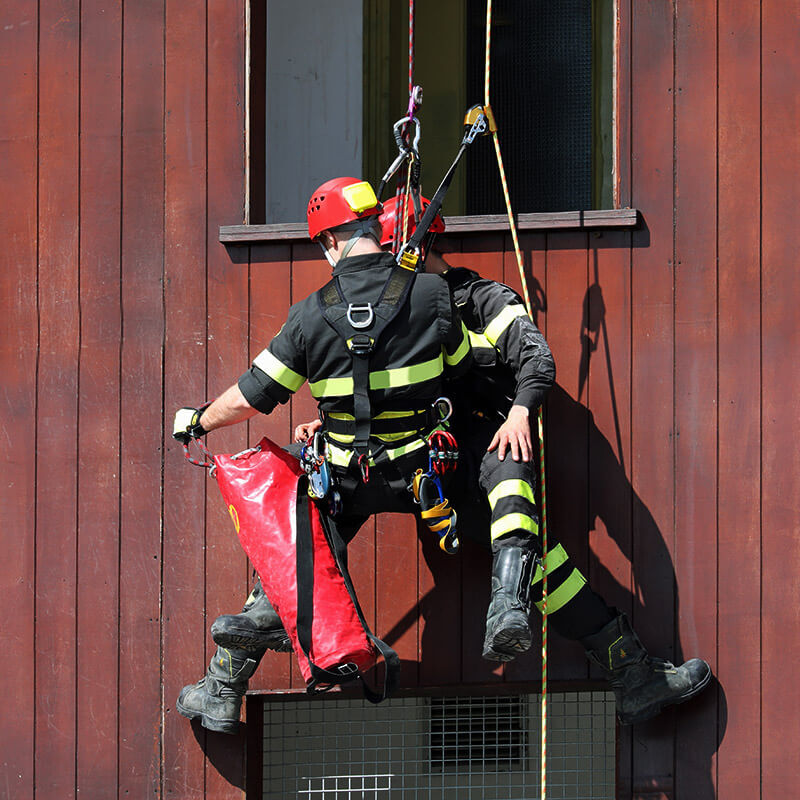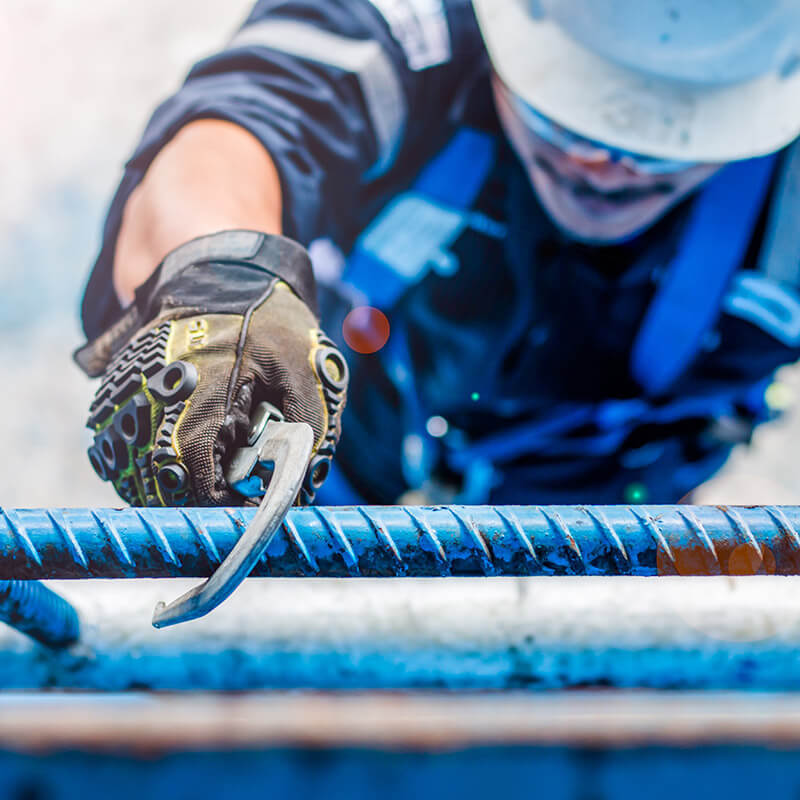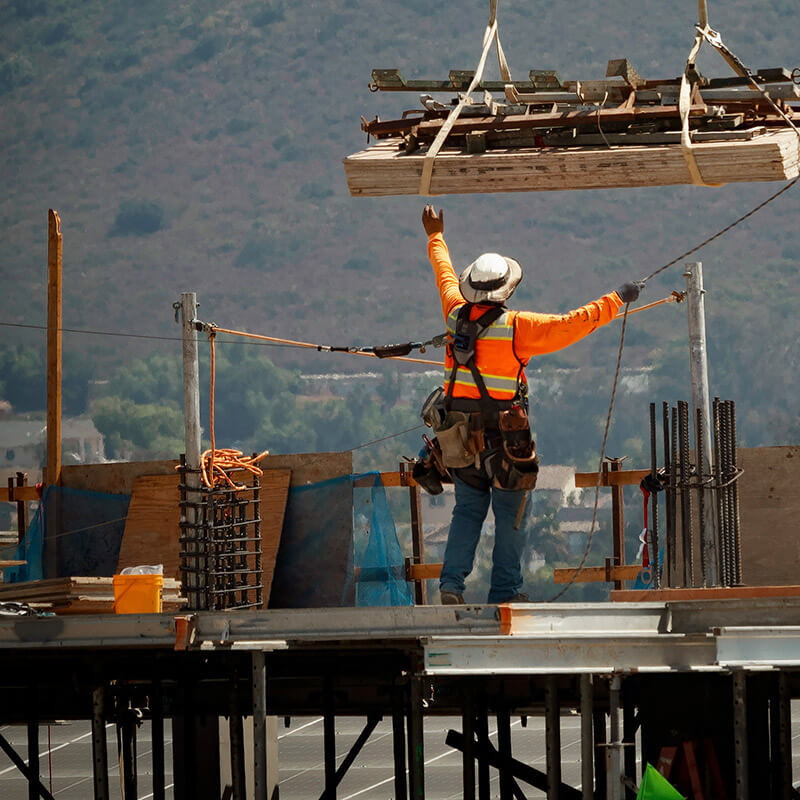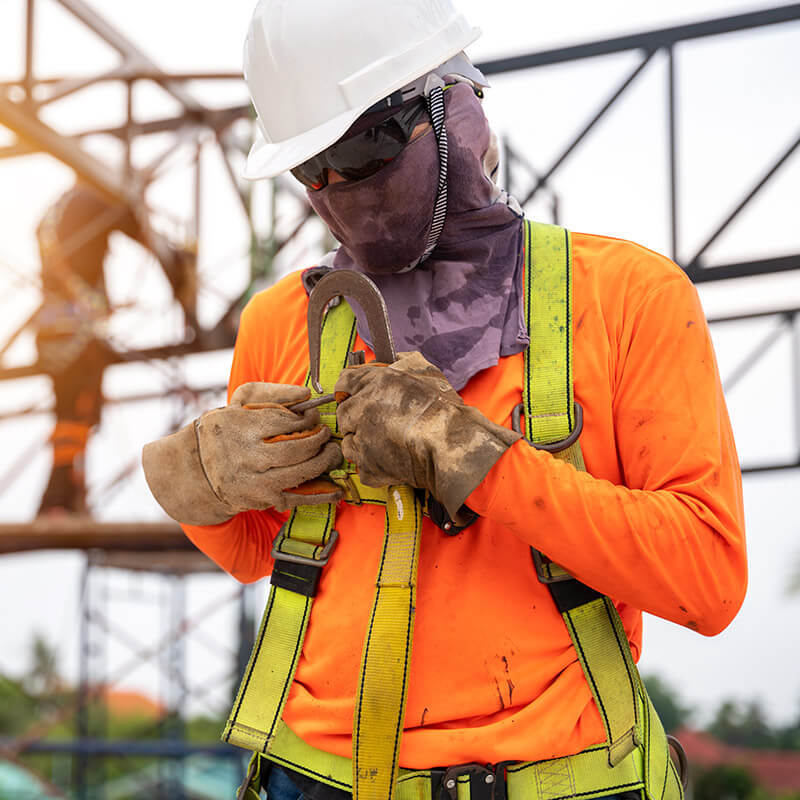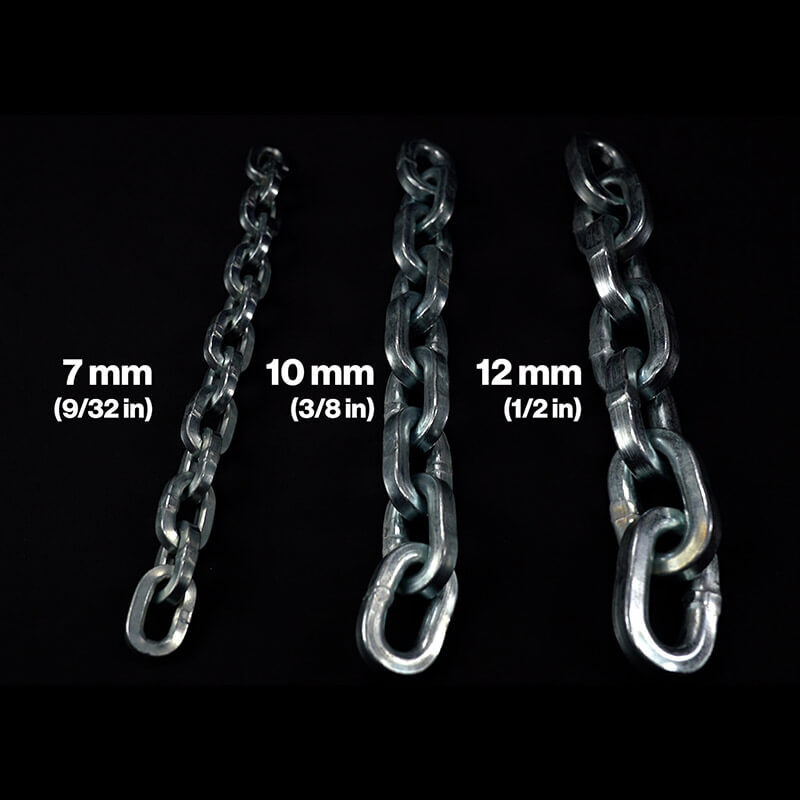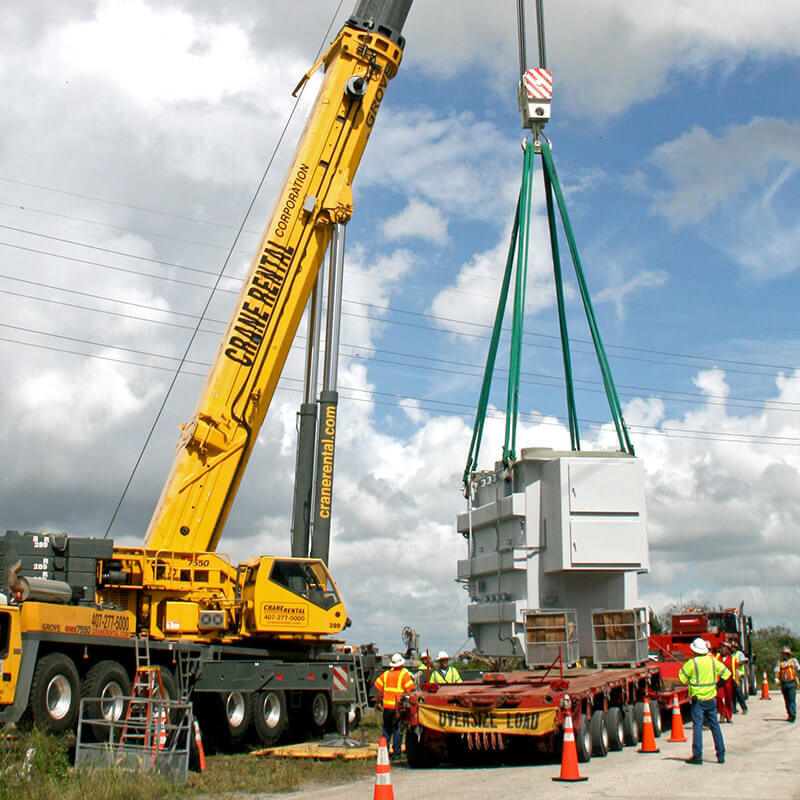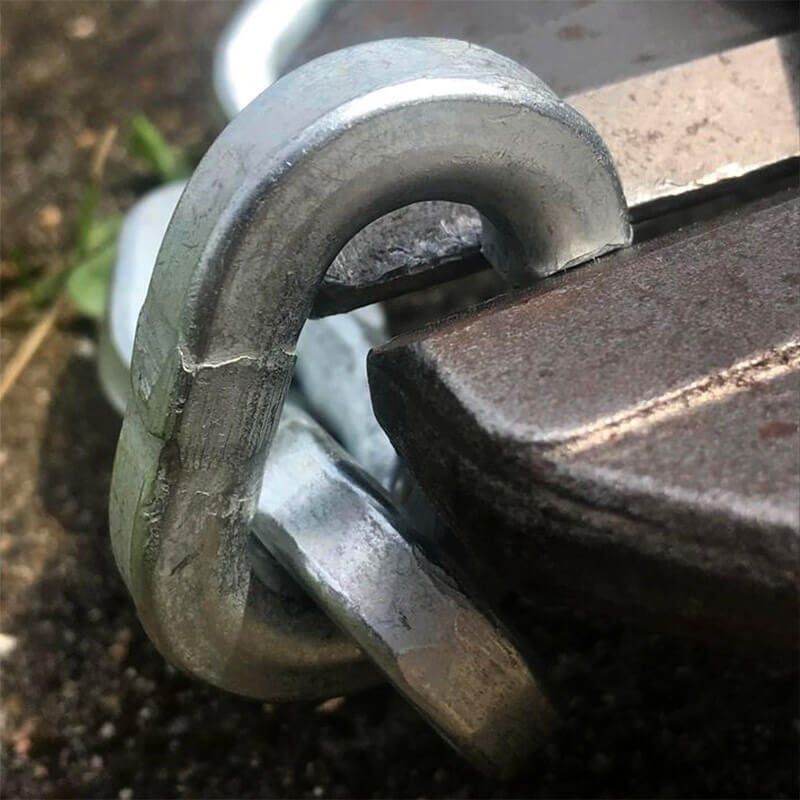What are the OSHA standards for fall protection harnesses?
The Occupational Safety and Health Administration (OSHA) has strict rules for fall protection harnesses. These rules are key to keeping workplaces safe, especially when workers are at heights. In 2022, fall protection was the top OSHA violation, showing how important it is to follow these rules.
These rules, like Standard 1910.140, say employers must give workers harnesses that fit right and are kept in good shape. This ensures safety standards are met.
OSHA also says harnesses must be attached in the center of a worker's back, near their shoulders. This is unless there's a special reason, like a short fall distance. Employers must make sure the fall arrest system can handle big impacts and that workers get regular training and checks.
By following these rules, employers help keep their workers safe from falls at work.
Key Takeaways
- Fall protection was the leading OSHA violation in 2022, emphasizing the necessity for strict compliance.
- Attachment points on harnesses should be near shoulder level in the center of the back to ensure safety.
- The fall arrest system must endure at least double the impact energy from a 6-foot fall.
- Systems should not exert more than 1,800 pounds of arresting force on a worker.
- All anchorage points must support a minimum of 5,000 pounds per employee or a safety factor of two.
- Regular inspection of both harnesses and anchorage systems is crucial for ongoing safety compliance.
Understanding OSHA Fall Protection Regulations
The Occupational Safety and Health Administration (OSHA) works to prevent injuries from falls at work. It's crucial for employers to follow OSHA's fall protection rules to keep their workplaces safe. These rules require the use of effective fall protection systems, training workers, and keeping safety gear in good shape.
Employers need to know about fall protection equipment rules. They must give each worker a fall protection harness that fits right. Having a harness that fits well is key because it can be adjusted properly, making it more effective.
Sharing harnesses can be very dangerous. It can cause serious injuries or even death. Harnesses that don't fit right can't spread out the force of a fall properly. This can lead to bruises, fractures, and other injuries.
It's important to check fall protection systems before using them. Keeping these systems in good shape is not just the law; it's also about keeping workers safe. If equipment is used wrong, it can cause big accidents. Not checking shared harnesses for damage can be risky, so it's important to follow maintenance rules closely.
When picking out harnesses, think about comfort, how long they last, and safety ratings. Also, consider the reputation of the manufacturer. Good harnesses meet OSHA standards and keep workers safer, showing that safety should always come first.
Importance of Fall Protection Harnesses in Workplace Safety
Fall protection harnesses are a key defense against accidents and deaths at work. They are crucial for workers at heights and at risk of falls. Making sure these harnesses meet safety standards is vital for a safer workplace.
Employers must follow safety harness rules for their teams. Giving each worker a properly fitted harness is not just safe but also meets OSHA rules. Sharing harnesses can make it hard to keep track of maintenance and safety checks. Each worker needs their own harness for the best safety and comfort.
Well-fitted harnesses spread out the force of a fall, lowering injury risks. Poor fitting can cause serious health issues, like circulation problems and suspension trauma. Keeping harness safety a top priority shows a company cares about its workers' health and well-being.
Ignoring the need for individual harnesses and proper fitting can be very dangerous. Following safety rules protects workers and helps businesses avoid fines and lost work time due to accidents. Investing in quality fall protection harnesses shows a company's commitment to its employees' health, making it a key investment.
What are the OSHA standards for fall protection harnesses
OSHA standards for fall protection harnesses are key to keeping workplaces safe. They are especially important in jobs where people work high up. These rules make sure harnesses protect workers and are kept in good shape.
Companies must give workers gear that meets safety standards. This helps prevent accidents and keeps everyone safe.
General Requirements for Safety Harnesses
Every worker needs their own harness that fits right. Sharing harnesses is not allowed because it's not safe. It doesn't let workers adjust the harness to fit them properly.
Workers can't use harnesses that don't fit right. This increases the chance of getting hurt. Harnesses also can't cause strangulation or harm from bad design or putting them together wrong.
Proper Fit and Condition Guidelines
Before using a harness, workers must check it for damage. It should be in good shape and all parts should work right. Harnesses that have been used in a fall need to be checked carefully before being used again.
OSHA says a harness should stop a fall without causing too much force. Straps should not touch the neck or chin to avoid injuries. Following these rules is crucial for a safe work place.
Fall Protection Equipment Regulations
Fall protection equipment rules are key to keeping workplaces safe. OSHA sets strict standards for all gear, like harnesses. These rules help keep workers safe when they're up high.
In construction, wearing harnesses is a must when you're over six feet off the ground. This is because the risks of falling are very high. Employers must make sure their teams have the right harnesses for their work.
OSHA's rules for harnesses stress the need to follow the maker's instructions. This means each harness must pass a test to hold the weight of a fall. It's also important that the harness can handle the stresses of real falls.
Training is a big part of following these rules. Employers need to teach their workers how to use, check, and care for harnesses. This is crucial because falls are the top cause of death in construction. OSHA also has rules to prevent slips, trips, and falls.
Safety Harness Requirements: Key Considerations
It's crucial to know the safety harness requirements for worker safety in many industries. Each worker needs a fall protection harness that fits well. OSHA says it's not safe to share harnesses because of fit and inspection issues. Wearing a harness that doesn't fit right can lead to serious injuries or even death.
How well a harness fits is very important. A harness that doesn't fit right can hurt certain body parts during a fall. It can cause bruises, strains, or even fractures. Also, it can lead to suspension trauma, which can cause nerve damage or even death. So, employers must choose the right harness for the job and environment.
It's important to check fall protection harnesses before each use. This helps find any problems that could make them less effective. Following the standards for fall arrest harnesses is key to avoiding accidents and injuries. Since 1998, OSHA has banned body belts as the only fall protection, showing the need for reliable harnesses.
In certain jobs, like construction and oil and gas, harness needs can change. Construction workers need harnesses that can handle their weight and the weight of tools. Welding harnesses are made with materials like Kevlar™ and Nomex™ to protect against flames and heat. This shows the importance of choosing the right harness for the job.
Keeping up with safety regulations and following standards is essential for a safe workplace. Knowing OSHA's guidelines helps protect workers from fall risks. By focusing on fit, durability, and the right use, employers can make their workplaces safer.
OSHA Harness Guidelines for Correct Usage
It's key to know how to use safety harnesses right to follow OSHA rules. Teaching workers how to fit, adjust, and use fall protection harnesses can lower accident risks. Workers on scissor lifts need to know the safety harness rules for their job. Even if not required, wearing harnesses can improve safety.
Training Workers on Harness Use
Employers must train workers before they use scissor lifts. The training should cover how to use safety harnesses correctly. It's important for scissor lift operators to wear a full-body harness with a fall restraint or self-retracting lifeline/lanyard system when working high up.
These training sessions should stress that anyone working 10 feet or more above the ground must follow fall protection harness rules. This is to prevent falls.
Regular Inspection Protocols
Regular checks are vital for safety at work. Workers should check their harnesses before each use. They should look for any damage or wear and make sure everything is working right.
It's also important to do thorough checks at least once a year by a trained person. More often if the manufacturer says so. Checking self-retracting lifelines and horizontal lifeline systems after a fall or if they look damaged is crucial. These steps help meet OSHA's safety harness rules, making the workplace safer.
Fall Arrest Harness Standards Overview
Fall arrest harness standards by OSHA are key for worker safety at heights. They ensure harness systems can handle fall forces. The maximum force allowed is 1,800 pounds to prevent injuries.
The harness design must stop falls within 3.5 feet. This is crucial for safety in dangerous work areas.
Harness safety standards are very important. Following OSHA rules helps keep workplaces safe. For example, in 2010, 635 fatal falls cost billions in workers' compensation.
When employers follow these standards, they lower fall risks. Falls are a top cause of work injuries and deaths.
Regular checks and upkeep of fall arrest systems are also crucial. Inspections should happen as recommended by the manufacturer and before each use. This keeps the equipment safe and ready to work.
Training workers on how to use fall restraint systems is also key. It builds a safety culture and helps workers understand their gear.
Not following OSHA rules can hurt a company's finances and reputation. Following fall arrest harness standards protects workers and creates a safe work environment.
Significance of Anchor Point Requirements
Anchor points are key to any fall protection system. They must meet strict OSHA standards. Each anchor must hold at least 5,000 pounds per person, or 2 to 4 times the expected fall load. Employers must check these points regularly to stay in compliance.
There are many types of anchors for different surfaces:
- Steel anchors like fixed D-ring, beam clamp, and movable eyebolts.
- Concrete anchors, including wedge anchors and rotating D-ring options.
- Roofing anchors for homes and businesses.
It's important to place anchors correctly. They should be directly above the worker. A trained person must check each anchor to make sure it's safe for fall protection.
Certified anchors can handle more weight than non-certified ones. They must fit the needs of fall arrest or restraint systems. With falls causing 150 to 200 deaths a year, safe anchor points are more important than ever.
OSHA says workers 6 feet or higher above ground must be tied off if there's no guardrail or safety net. Contractors can use portable pull testers to check anchor points. Mobile fall protection carts are also a safe choice for roofing.
Keeping the workplace safe is a must. Check both permanent and temporary anchor points often. Permanent ones need an annual check by a qualified person, with more checks when needed. Safe anchor points are vital for effective fall protection.
Conclusion
Following OSHA standards for fall protection harnesses is key to keeping workplaces safe. This is especially true in high-risk areas like construction. Falls cause nearly 34% of all deaths in this field. So, it's not just good practice—it's the law.
Employers must make sure fall protection systems and harness safety standards are up to par. This is to avoid big fines and legal trouble. It's all about keeping workers safe.
Putting fall protection first can greatly lower accident risks. It makes the workplace safer for everyone. By following OSHA rules, businesses protect their employees and themselves from financial loss.
Fall protection rules keep changing, so workers need to stay informed. Having a solid OSHA-approved plan and regular checks are essential. Employers should give their teams the right training and tools for a safer workplace.
At Bishop Lifting we provides OSHA approved fall protection equipment and harnesses you can buy easily online and we have the full inventory in stock and ready to ship. We have all types of rigging equipment and supplies.
FAQ
What are the OSHA standards for fall protection harnesses?
OSHA has rules for fall protection harnesses in Standard 1910.140. These rules focus on personal fall protection systems. They make sure harnesses fit well and are kept in good shape to protect workers at heights.
What do fall protection harness regulations entail?
The rules for fall protection harnesses say they must be made for personal use. They need to be kept in good condition and checked often. This follows OSHA standards.
Why are harness safety standards important?
Safety standards for harnesses are key. They guide the design, testing, and upkeep of fall gear. Following these standards helps avoid injuries and deaths, making workplaces safer.
How can employers ensure fall protection harness compliance?
Employers can follow OSHA rules by giving the right harnesses to workers. They should also train employees on how to use them right. Regular checks on the gear are also important.
What are some key safety harness requirements?
Important safety needs for harnesses include a good fit and strong materials. The harness must also match the job being done.
What are OSHA harness guidelines for training workers?
OSHA says workers must learn how to fit, adjust, and use their harnesses. They need hands-on practice and regular updates to stay safe.
What is involved in regular inspection protocols for fall protection gear?
Checking fall gear regularly means looking for damage before each use. It's about making sure it's safe and following the maker's care tips.
What are fall arrest harness standards?
Fall arrest harness standards mean the gear can handle big impacts during a fall. Rules set limits on how much force it can handle and how far it can slow down a fall.
Why is it essential to ensure proper anchor point requirements?
Anchor points must hold 2 to 4 times the worker's weight. Not meeting this can lead to unsafe situations and more accidents.
How can businesses stay informed about OSHA fall protection regulations?
Businesses can keep up with OSHA rules by checking the OSHA website often. They should also sign up for safety newsletters and go to training sessions.
What Type of Rope Is Best for Climbing?
Dec 9th 2025
What Are the Two Types of Kernmantle Rope?
Nov 25th 2025
What Is a Kernmantle Rope Used For?
Nov 21st 2025
What Is a Fall Protection Harness?
Nov 14th 2025
What are the four components of a PFAS?
Nov 7th 2025
Is Palmer Safety OSHA Compliant?
Nov 3rd 2025
What’s the Hardest Chain to Cut?
Oct 20th 2025
What are the most common tools used in rigging?
Oct 13th 2025
What Is the Strongest Security Chain?
Oct 7th 2025




